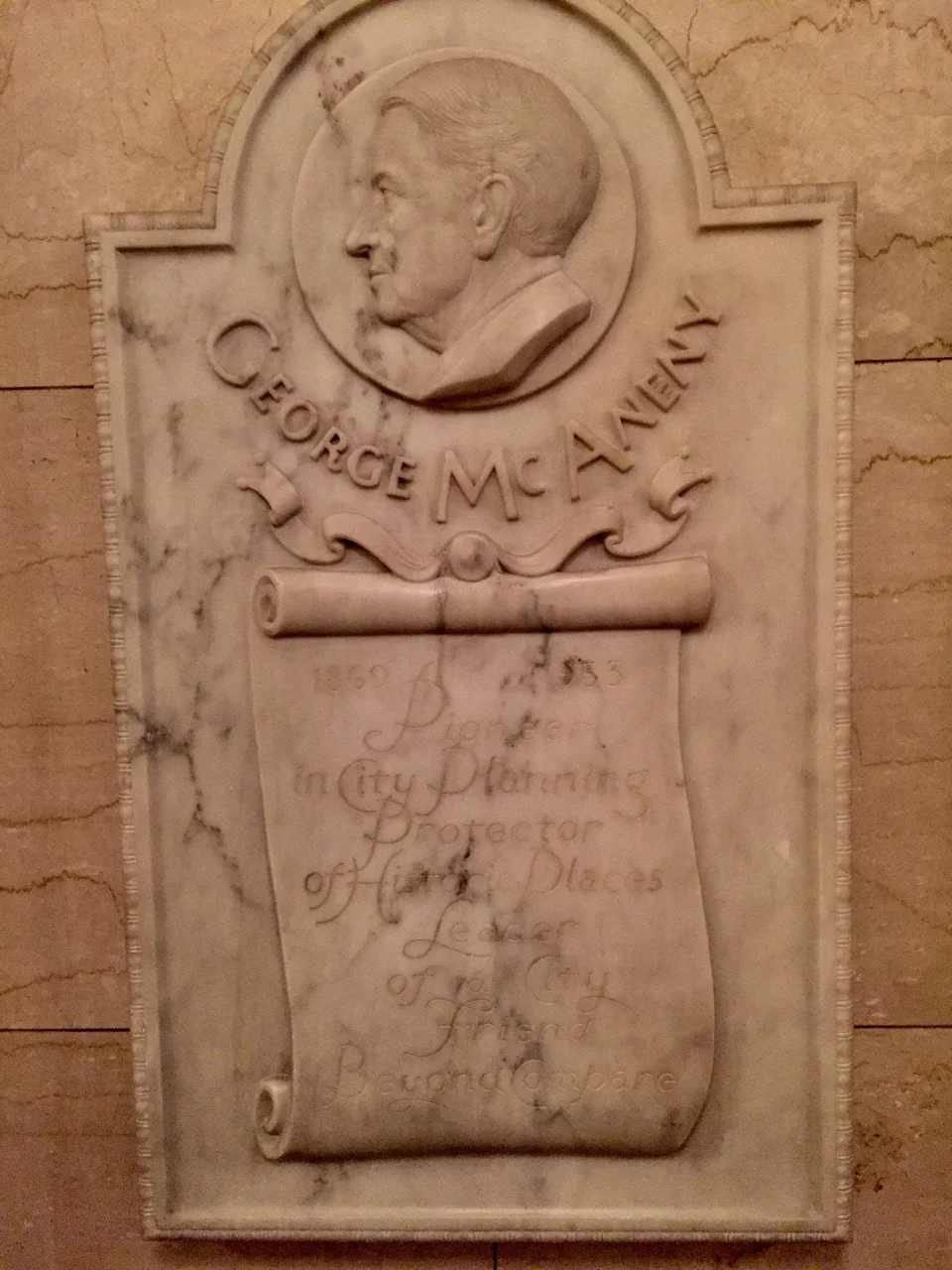The “Tavern on the Green”: How a Central Park Landmark Epitomizes Colonial New York City’s Urban Development
By Vaughn Scribner
The Tavern on the Green restaurant is an icon of New York City. Nestled in the seemingly-rustic, yet carefully-planned confines of Central Park, the building began life in 1870 as a shelter for the park’s grazing sheep.[1] In 1934, park officials transformed the building into a restaurant. Since then, various families bought into the business, and made renovations like a dance floor, glass-enclosed Crystal Room, and a new patio.[2] Beyond offering a diverse array of cocktails, main courses, and appetizers, however, much of the restaurant’s enduring popularity owes itself to setting: the Tavern on the Green is a carefully-crafted combination of urban and rural life; a “hybrid” space where customers feel like they’re escaping the gray, crowded confines of the city, but still have access to the entertainment and sociability for which New York City is famed.[3] But the Tavern on the Green does not just represent fantasy, or a New York that “never was.” On the contrary, the Tavern on the Green harkens back to the second half of the eighteenth-century, when New York City’s residents fostered an urban culture predicated upon a thriving network of taverns and green spaces which offered residents the hospitalities of city life within a bucolic, relaxing, and intentionally-constructed “natural” environment.
Read More









